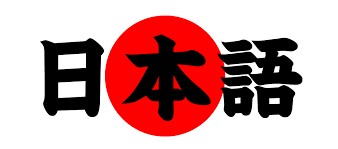When learning a new language, it’s common to come across words or phrases that are unfamiliar or difficult to comprehend. In Japanese, being able to express that you don’t understand is crucial for effective communication and learning. In this blog post, we will explore how to say “I don’t understand” in Japanese and provide additional phrases to seek clarification and express confusion.
わかりません (Wakarimasen)
The most straightforward way to say “I don’t understand” in Japanese is by using the phrase “わかりません” (Wakarimasen). This expression is polite and can be used in various situations, such as in a classroom, during conversations, or when listening to instructions. It’s a simple and direct way to convey that you are having difficulty comprehending the information.
ちょっとわかりません (Chotto wakarimasen)
If you want to express that you don’t understand something just a little bit, you can use the phrase “ちょっとわかりません” (Chotto wakarimasen). This expression implies that you have a partial understanding but need further clarification or explanation. It’s a polite way to indicate that you would appreciate more assistance or details.
Additional Phrases for Seeking Clarification:
- もう一度お願いします (Mō ichido onegaishimasu) – “Please, one more time.”
- もう少しゆっくり話していただけますか (Mō sukoshi yukkuri hanashite itadakemasu ka) – “Could you please speak a little slower?”
- どういう意味ですか (Dō iu imi desu ka) – “What does that mean?”
These phrases can be used to ask for repetition, a slower pace, or clarification of specific terms or expressions.
Responding to “I Don’t Understand”:
When someone tells you that they don’t understand, it’s helpful to provide additional explanation or simplify your language. Here are some common responses:
- すみません、もう一度説明します (Sumimasen, mō ichido setsumei shimasu) – “I’m sorry, I’ll explain it again.”
- すみません、もっとわかりやすく説明します (Sumimasen, motto wakariyasuku setsumei shimasu) – “I’m sorry, I’ll explain it in a clearer way.”
- 何がわからないですか (Nani ga wakaranai desu ka) – “What part don’t you understand?”
These responses show willingness to provide further assistance and ensure effective communication.
Conclusion
Being able to express that you don’t understand is an essential part of language learning and communication in Japanese. The phrases “わかりません” (Wakarimasen) and “ちょっとわかりません” (Chotto wakarimasen) can be used to indicate a lack of comprehension. Additionally, phrases like “もう一度お願いします” (Mō ichido onegaishimasu) and “もう少しゆっくり話していただけますか” (Mō sukoshi yukkuri hanashite itadakemasu ka) can be used to seek repetition or slower speech. When responding, it’s important to provide further explanation or simplify the language for better understanding. Use these phrases to express confusion, seek clarification, and enhance your language learning experience in Japanese!
